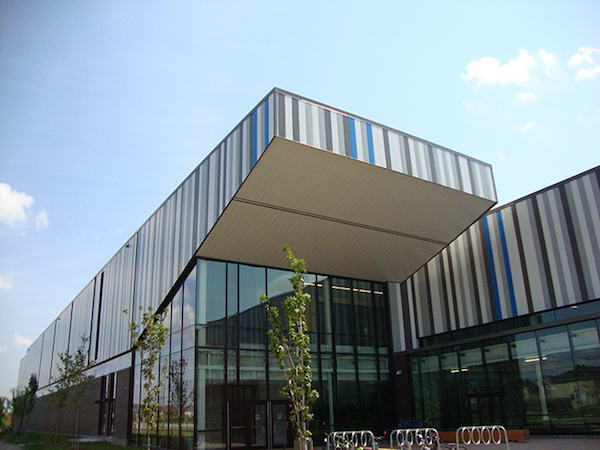New Publication: Fact Sheet #48 - Sheet Steel Building Products Fire Facts

Sheet Steel Facts #48 - Sheet Steel Building Products Fire Facts
Introduction
Questions occasionally arise about how sheet steel building products meet the requirements of the National and Provincial building codes related to fire protection. The objective of this Fact Sheet is to highlight certain building code requirements and show how sheet steel building products comply.
Non-combustibility
The definition in the NATIONAL BUILDING CODE OF CANADA (NBCC) 2015 for noncombustible is a material that meets the acceptance criteria of CAN/ULC-S114, “Test for Determination of Non-Combustibility in Building Materials”. Steel, including metallic coated sheet steel, by its very nature is noncombustible, a fact that has been confirmed by Underwriters’ Laboratories of Canada (ULC).1
Sheet steel building products are often prepainted for architectural and durability reasons. Questions have been raised about how this paint finish affects the combustibility of the material. NBCC 2015 Sentence 3.1.5.2.(1) permits minor combustible components in noncombustible construction, specifically listing paint.
The ONTARIO BUILDING CODE (OBC) 2012 has a similar requirement that cladding be proven noncombustible by CAN/ULC-S114. Sheet steel building products are referenced in Ontario Building Code’s Supplementary Standard SB-2, Section 4.3, Materials Classified as Noncombustible, and under Subsection 4.3.1., Typical Examples, as “metals commonly used in buildings.”
The building code provisions clearly identify that sheet steel building products, whether painted or not, are considered noncombustible.